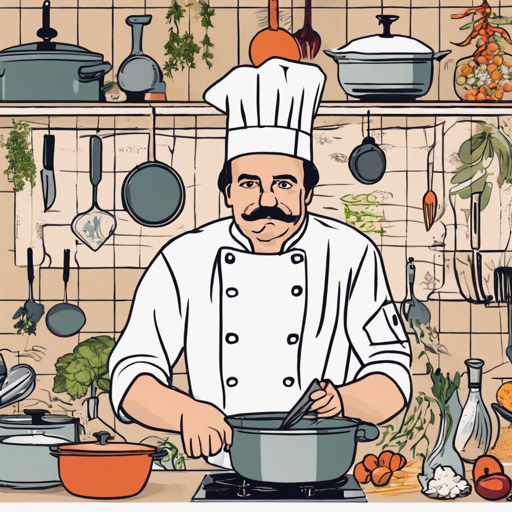FlauBERT is a powerful model that’s been finetuned to classify French cooking recipes into appropriate categories. Think of it as a well-trained chef who can swiftly identify the right dish based on a brief description. In this article, we will walk you through how to use FlauBERT for classifying recipes, troubleshooting common issues, and what to do if things don’t go as planned.
Step-by-Step Guide to Using FlauBERT
Using FlauBERT for recipe classification is straightforward. Here’s how to do it:
- Install the necessary packages:
- Transformers library from Hugging Face
- Import the required classes.
- Load the tokenizer and model.
- Create a TextClassificationPipeline.
- Test it with a recipe description.
Sample Code
Below is a sample code snippet to guide you through the process:
from transformers import AutoTokenizer, AutoModelForSequenceClassification
from transformers import TextClassificationPipeline
loaded_tokenizer = AutoTokenizer.from_pretrained('nbouali/flaubert-base-uncased-finetuned-cooking')
loaded_model = AutoModelForSequenceClassification.from_pretrained('nbouali/flaubert-base-uncased-finetuned-cooking')
nlp = TextClassificationPipeline(model=loaded_model, tokenizer=loaded_tokenizer, task='Recipe classification')
print(nlp('Lasagnes à la bolognaise'))Understanding the Code: A Culinary Analogy
Let’s break down the code with an analogy to cooking. Imagine you’re a chef preparing for a big dinner:
- Ingredients (Packages): Just as you need various ingredients to cook a meal, you need libraries like transformers to enable the functionality of FlauBERT.
- Recipe (Model and Tokenizer): The tokenizer and model serve as your recipe. They help you know how to combine ingredients effectively.
- Cooking Process (Pipeline): The TextClassificationPipeline is like the stove where you blend all your elements together to create the final dish, which, in this case, is the classified recipe.
- Taste Testing (Input): Finally, you taste the dish (or your input text). Just like deciding if a dish is good, you see how well FlauBERT classifies your recipe description.
Label Encoding for Recipe Categories
Once you classify your recipe, it will return specific labels based on its training:
| Label | Recipe Category |
|---|---|
| 0 | Accompagnement |
| 1 | Amuse-gueule |
| 2 | Boisson |
| 3 | Confiserie |
| 4 | Dessert |
| 5 | Entrée |
| 6 | Plat principal |
| 7 | Sauce |
Troubleshooting Common Issues
If you encounter issues while using FlauBERT, here are some troubleshooting tips:
- Model Not Found: Ensure that the model name is correct, such as ‘nbouali/flaubert-base-uncased-finetuned-cooking’. Double-check for typos.
- Import Errors: Confirm that the necessary packages are installed. You can install the transformers library with
pip install transformers. - Output Not as Expected: Check if the input text is correctly formatted. The more precise your description, the better the classification will be.
For more insights, updates, or to collaborate on AI development projects, stay connected with fxis.ai.
Conclusion
At fxis.ai, we believe that such advancements are crucial for the future of AI, as they enable more comprehensive and effective solutions. Our team is continually exploring new methodologies to push the envelope in artificial intelligence, ensuring that our clients benefit from the latest technological innovations.

